IBM has built the first 2nm wafers in the semiconductor industry, several years before the node is expected to hit commercial volumes.
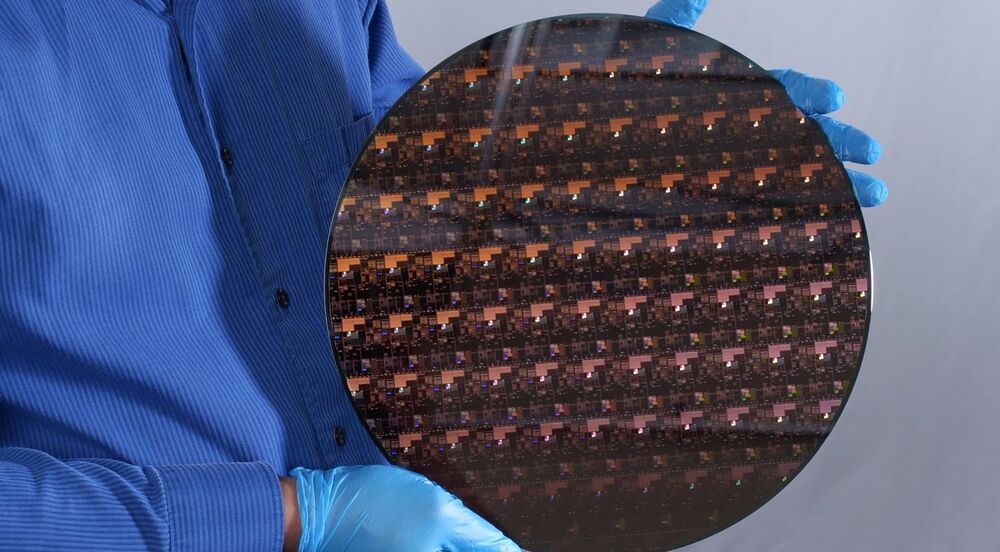

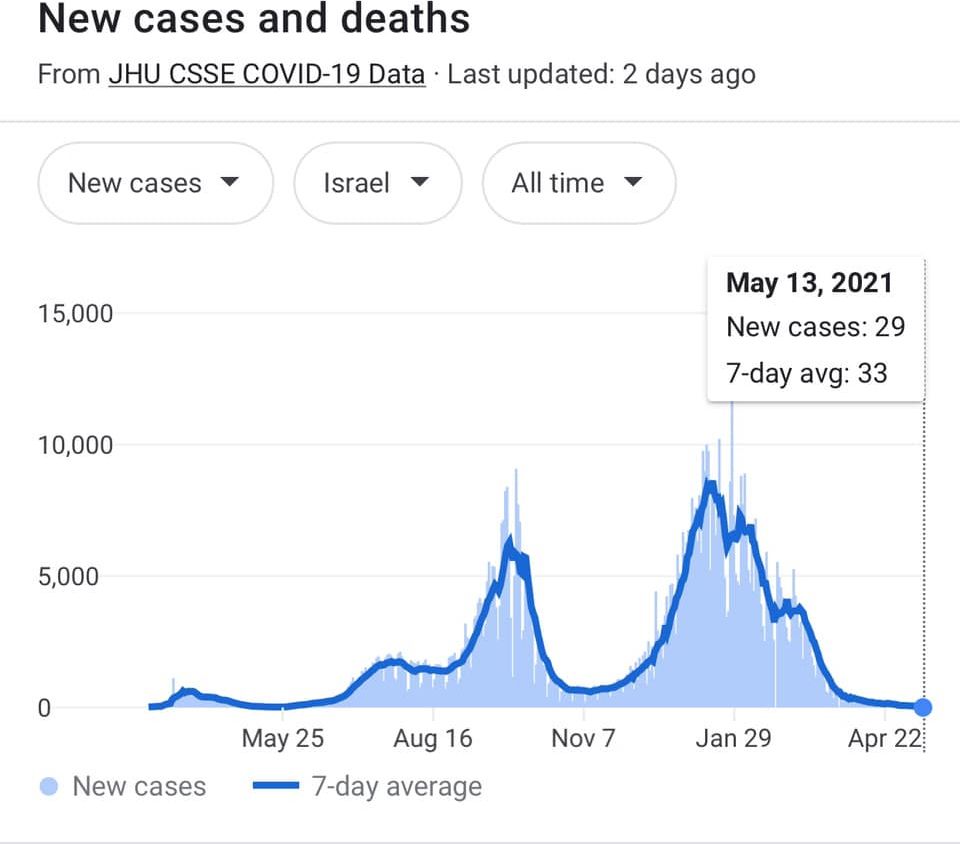
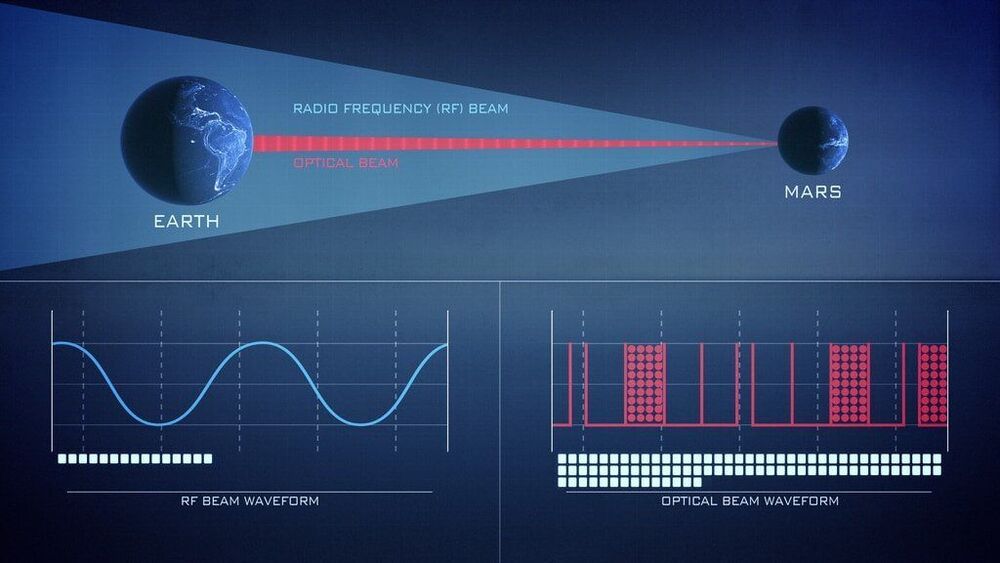
Launching this summer, NASA’s Laser Communications Relay Demonstration (LCRD) will showcase the dynamic powers of laser communications technologies. With NASA’s ever-increasing human and robotic presence in space, missions can benefit from a new way of “talking” with Earth.
Since the beginning of spaceflight in the 1950s, NASA missions have leveraged radio frequency communications to send data to and from space. Laser communications, also known as optical communications, will further empower missions with unprecedented data capabilities.
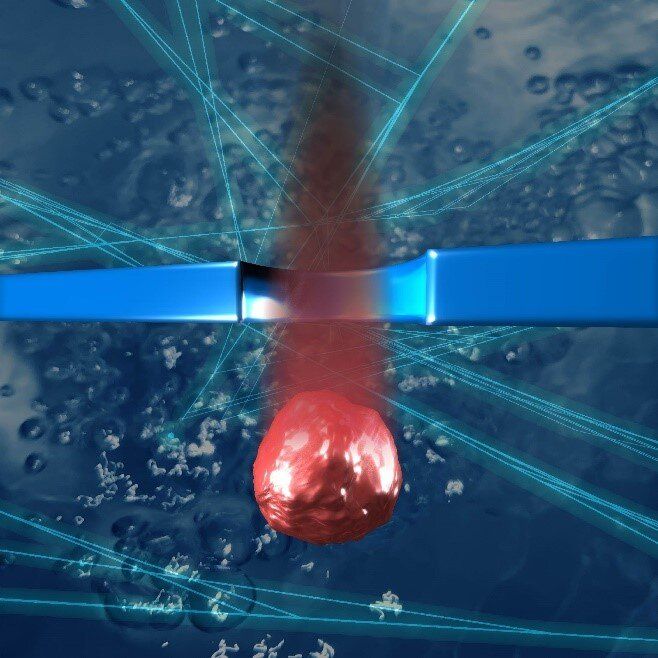
Scientists from the Institute of Scientific and Industrial Research at Osaka University have used machine-learning methods to enhance the signal-to-noise ratio in data collected when tiny spheres are passed through microscopic nanopores cut into silicon substrates. This work may lead to much more sensitive data collection when sequencing DNA or detecting small concentrations of pathogens.
Miniaturization has opened the possibility for a wide range of diagnostic tools, such as point-of-care detection of diseases, to be performed quickly and with very small samples. For example, unknown particles can be analyzed by passing them through nanopores and recording tiny changes in the electrical current. However, the intensity of these signals can be very low, and is often buried under random noise. New techniques for extracting the useful information are clearly needed.
Now, scientists from Osaka University have used deep learning to “denoise” nanopore data. Most machine learning methods need to be trained with many “clean” examples before they can interpret noisy datasets. However, using a technique called Noise2Noise, which was originally developed for enhancing images, the team was able to improve resolution of noisy runs even though no clean data was available. Deep neural networks, which act like layered neurons in the brain, were utilized to reduce the interference in the data.
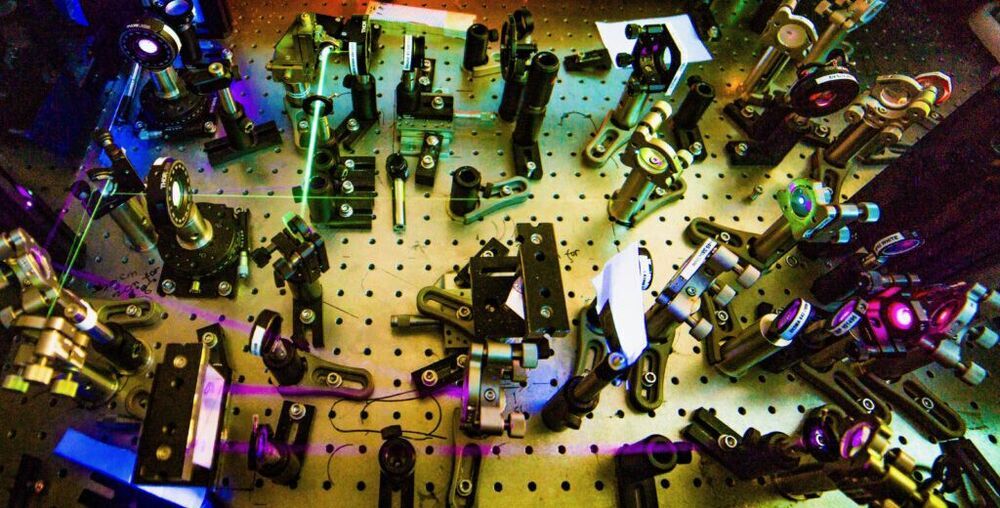
Three billion years ago, light first zipped through chlorophyll within tiny reaction centers, the first step plants and photosynthetic bacteria take to convert light into food.
Heliobacteria, a type of bacteria that uses photosynthesis to generate energy, has reaction centers thought to be similar to those of the common ancestors for all photosynthetic organisms. Now, a University of Michigan team has determined the first steps in converting light into energy for this bacterium.
“Our study highlights the different ways in which nature has made use of the basic reaction center architecture that emerged over 3 billion years ago,” said lead author and U-M physicist Jennifer Ogilvie. “We want to ultimately understand how energy moves through the system and ends up creating what we call the ‘charge-separated state.’ This state is the battery that drives the engine of photosynthesis.”
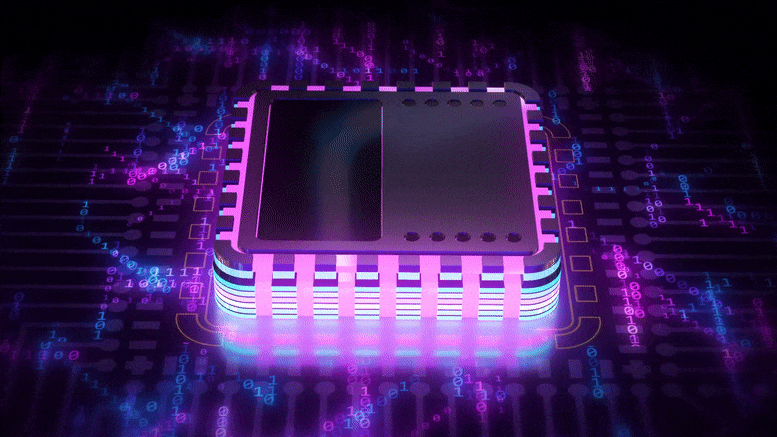
Harnessing the Hum of Fluorescent Lights for More Efficient Computing
The property that makes fluorescent lights buzz could power a new generation of more efficient computing devices that store data with magnetic fields, rather than electricity.
A team led by University of Michigan researchers has developed a material that’s at least twice as “magnetostrictive” and far less costly than other materials in its class. In addition to computing, it could also lead to better magnetic sensors for medical and security devices.

Moore’s Law, the famous prediction that the number of transistors that can be packed onto a microchip will double every couple of years, has been bumping into basic physical limits. These limits could bring decades of progress to a halt, unless new approaches are found.
One new direction being explored is the use of atomically thin materials instead of silicon as the basis for new transistors, but connecting those “2D” materials to other conventional electronic components has proved difficult.
Now researchers at MIT, the University of California at Berkeley, the Taiwan Semiconductor Manufacturing Company, and elsewhere have found a new way of making those electrical connections, which could help to unleash the potential of 2D materials and further the miniaturization of components—possibly enough to extend Moore’s Law, at least for the near future, the researchers say.
Scientists used to perform experiments by stirring biological and chemical agents into test tubes.
Nowadays, they automate research by using microfluidic chips the size of postage stamps. In these tiny devices, millions of microscopic particles are captured in droplets of water, each droplet serving as the “test tube” for a single experiment. The chip funnels these many droplets, one at a time, through a tiny channel where a laser probes each passing droplet to record thousands of experimental results each second.
These chips are used for such things as testing new antibiotics, screening drug compounds, sequencing the DNA and RNA of single cells, and otherwise speeding up the pace of scientific discovery.

The program was established in the mid-2000s under the Bush administration, and it was set up to boost the US biofuel industry in order to reduce US dependence on foreign oil. In the process, it created a strange situation where a ton of farmland started being used by ethanol producers who are now heavily subsidized by the program. Since electric vehicles would also help accomplish this goal, it has been proposed that they could be included in the program, and the Biden administration is expected to review the proposal.
Tesla has reportedly applied to enter the profitable renewable fuel credit market that is currently dominated by ethanol producers as it is expected to be opened to electric vehicles.
There are currently at least eight companies who applied with the Environmental Protection Agency to be included in the multi-billion dollar US renewable credit market, but the agency did not release their names.
Reuters released a new report confirming that Tesla is amongst those companies:
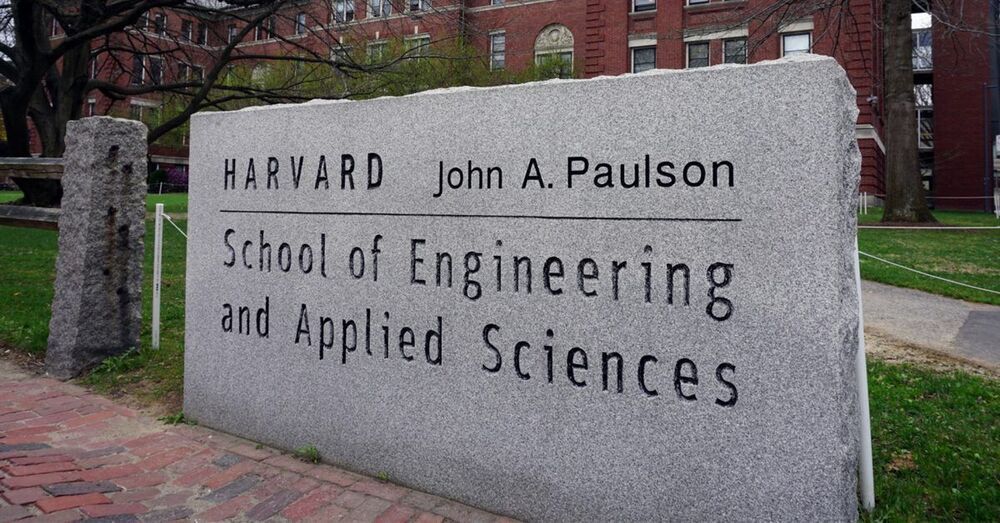
To combat this, Li and his team at Harvard have designed their solid-state battery with a multilayer approach that stacks its materials of varying stabilities between the anode and cathode. Much like a sandwich. This multi-material battery sandwich helps alleviate the penetration of lithium dendrites by controlling and containing them rather than preventing them altogether.
As you can see from the image above, the Harvard team has simplified its battery design to a form that’s more our speed. In this case, a BLT sandwich. The top slice of bread represents the lithium-metal anode, followed by lettuce appropriately representing a coating of graphite. The two layers of tomatoes represent the first electrolyte, protecting the delicious middle layer of bacon as the second electrolyte. Everything sits upon the bottom slice of bread, or the cathode. Is anyone else suddenly hungry for batteries?
In this design, dendrites are able to grow through the graphite (lettuce) and first electrolyte (tomato) but are halted when they reach the second electrolyte (bacon), thus preventing the dendrites from shorting the entire battery. This multilayer approach provokes chemistry that makes the second electrolyte too tight for the dendrites to penetrate. Furthermore, the Harvard researchers say this same chemistry can backfill the holes made by dendrites, essentially making the solid-state battery self-healing. Is there anything better than a sandwich that can regenerate itself? Honestly.